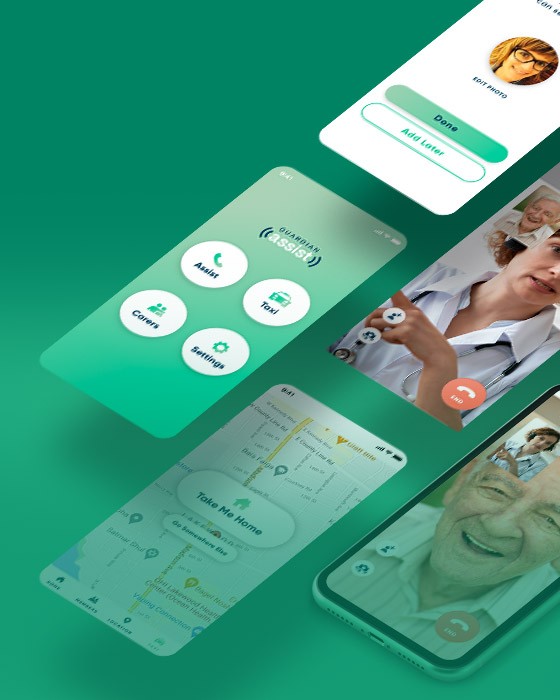The solution can be easily integrated and automatically synchronized with a variety of other web, iOS, and Android fitness applications, eliminating the need for manual data entry and ensuring real-time feedback on every movement, no matter where users are.
This integration combines the strengths of fitness apps and wearable devices, offering users a comprehensive overview of their health status, activities, exercise intensity, and more, complementing each other’s metrics and powering tailored suggestions.















